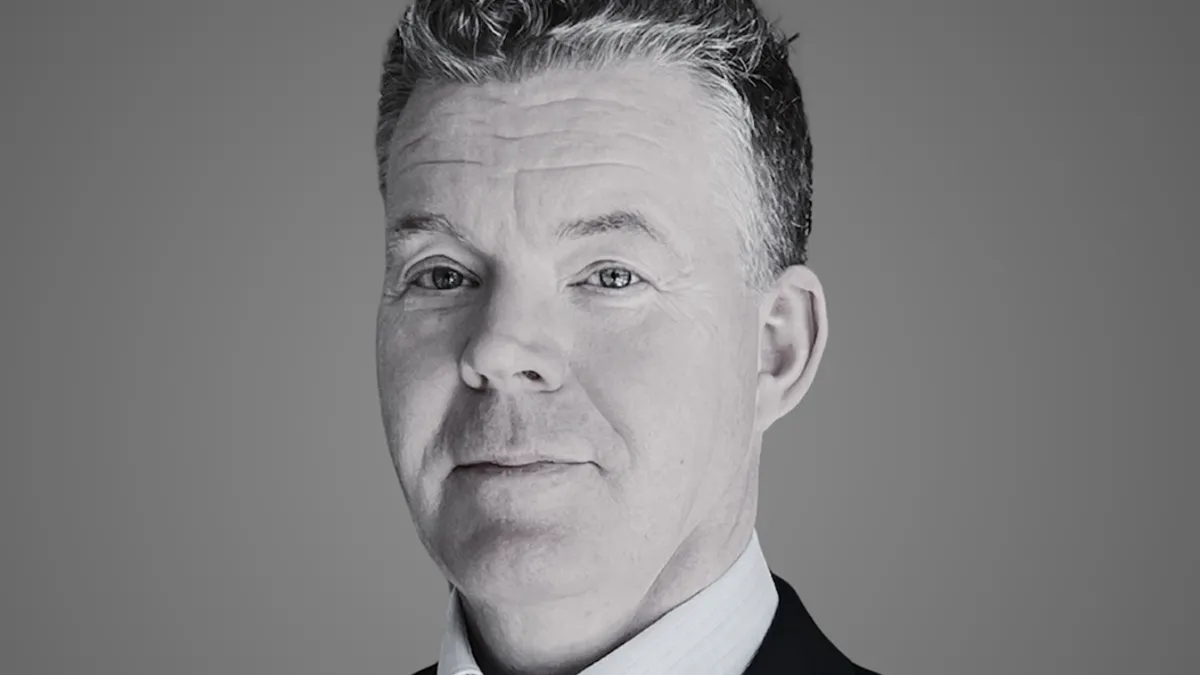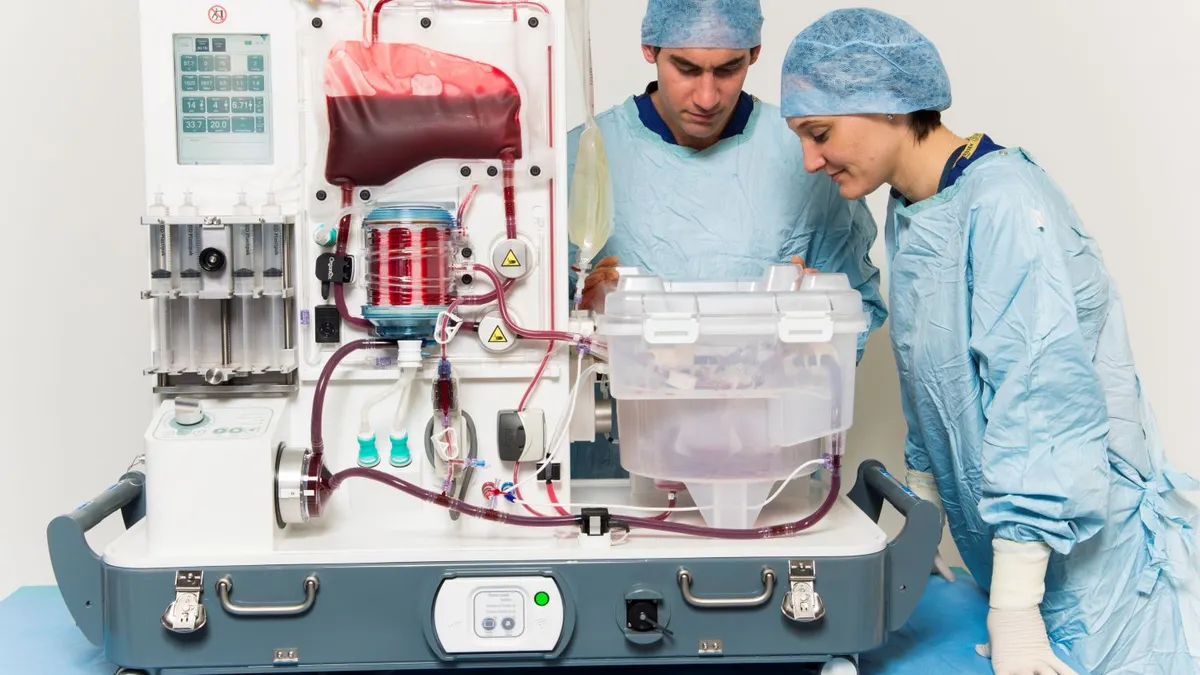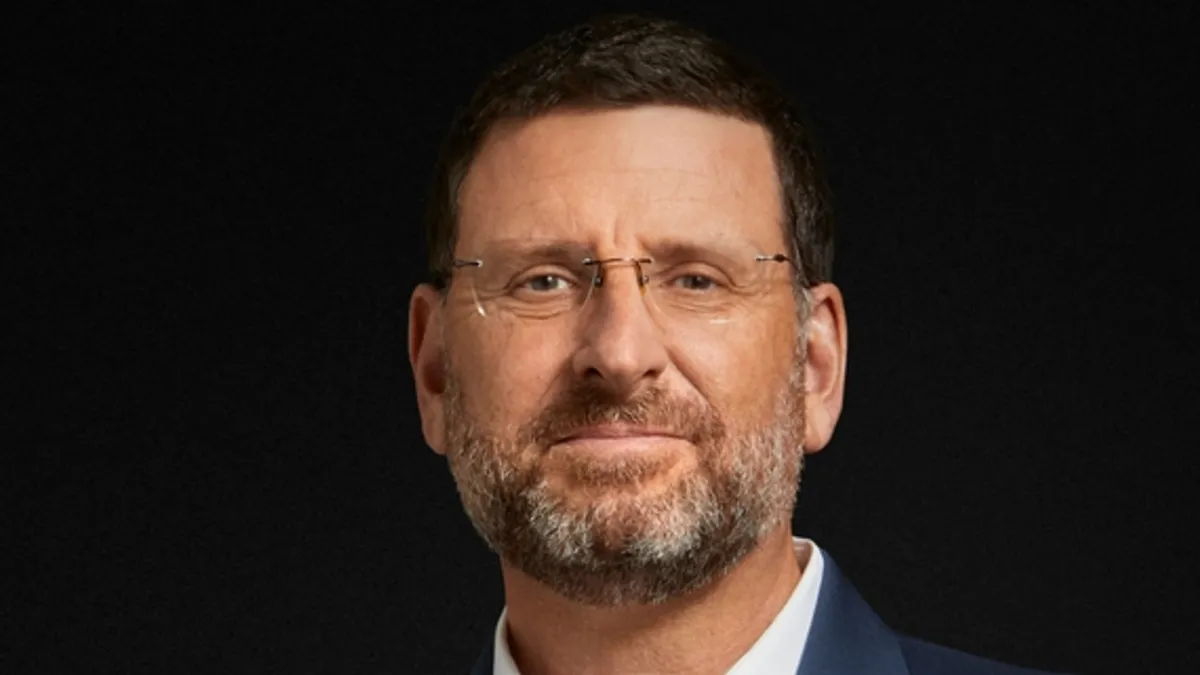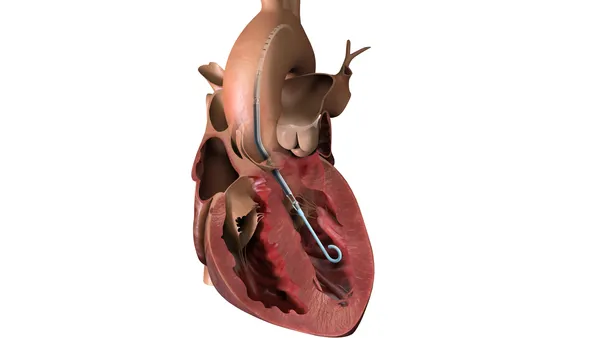Per Langoe has started a new position as CEO of GT Medical Technologies, the company announced this week, replacing its founding CEO Matthew Likens.
Langoe was the co-founder and former CEO of Palette Life Sciences, which Teleflex acquired for $600 million in July 2023, and he will now lead GT Medical’s strategy to accelerate the adoption of its implantable treatment to eradicate brain tumor cells.
The company’s cancer-fighting treatment, called GammaTile, delivers radiation therapy within the cavity left in the brain after a tumor has been removed. The resorbable collagen tiles used to line the brain cavity are embedded with brachytherapy seeds that emit radiation to eliminate residual tumor cells.
The device received Food and Drug Administration clearance in 2018 for recurrent brain tumors and in 2020 for newly diagnosed malignant tumors. It is now available to patients at more than 100 of the country’s top cancer treatment institutions, including the University of Texas MD Anderson Cancer Center and Memorial Sloan Kettering Cancer Center, according to GT Medical.
The Tempe, Arizona-based company is armed with $45 million raised in a 2023 financing round led by Gilde Healthcare Partners. Existing investors include MVM Partners.
MedTech Dive spoke with Langoe about his plans for advancing the adoption of the company’s GammaTile treatment.
This interview has been edited for length and clarity.
MEDTECH DIVE: How will GT Medical look to spread the word about this relatively new option for brain cancer patients?
PER LANGOE: GT Medical is in the same situation as many other medical device companies that are trying to change guidelines and influence standard of care. When you come with innovation, it always takes a bit of time for hospitals and health systems to start adopting that and making it a part of that standard practice. We're going to continue to ramp up our efforts in that space.
The key way that we're going to do it is by partnering with healthcare providers, so we are not only selling the product, but we understand how we can help them to better fit into their workflow. It's really important to understand how we can minimize those conflicts in terms of workflow in the clinical practice.
And we're going to make sure that we are front and center in these clinics, that we visit them perhaps more than we have done in the past to make sure that we are top of mind when they have an appropriate patient for a GammaTile treatment.
For example, this weekend, here in Phoenix, we are arranging what we call an annual GPS meeting. It stands for GammaTile practitioner society. It's a medical event that we sponsor, and we have users of GammaTile from all over the United States that have one and a half days of scientific interaction.
Then, of course, we’re going to continue to provide clinical evidence about the effectiveness of our product.
Why do you think your device will change the standard of care for brain cancer treatment?
Once you have resected the tumor from the brain, in some cases it's possible to use external beam radiation. But the issue with that approach is that you need to wait several weeks before you can initiate it, because that wound you have created in the skull when you resected the tumor needs to heal. If you use GammaTile, you can introduce it immediately after you have resected the tumor, so the patient gets a high-dose radiation boost immediately following the resection. Resection is great, but in most cases, there's going to be tumor cells left that you want to kill off with radiation. Unfortunately, some of these tumors are so aggressive that there will be fairly significant regrowth in many cases already after a few weeks.
How does the GammaTile treatment work?
Before the procedure, the radiation oncologist and the dosimetrist will calculate what the dose of radiation should be. And then we specify that to our manufacturing crew that comes up with a specific number of tiles for this particular patient. These tiles are then sent to the hospital just in time for the procedure, and the surgery crew inserts them once they have resected the tumor. It's a fairly complicated procedure.
You will see that for our patients, both radiation oncologists, physicists and neurosurgeons are involved. The surgeons will conduct and do the operation, and the radiation oncologist will calculate the dose and make sure that they sign off on the treatment plan and that the patient receives the tiles in time for the operation.
These treatments are customized to each and every patient that receives them.
In what other ways is the company ramping for expansion?
We have a plan to vertically integrate our manufacturing operations, bringing more of these different manufacturing steps in-house and also making sure that most steps of our supply chain are conducted here in the U.S. or North America. That’s important for our reliability of supply and that we have a steady, secure flow of product, so you're going to see significant ramp-ups there as well.
How do you think about the size of the market you are pursuing?
When it comes to institutions that potentially could be customers, there's a limitation to that number simply because brain tumors are fairly uncommon. Less than 1% of the population will ever develop some sort of a brain tumor. Which is really good, but it also limits the market to some extent. There might be around 200 institutions in the U.S. in total that could potentially do these procedures. And we are right now in about 100, 120 institutions.
For us, it's not so much adding new customers — you will definitely see new customers onboarding — but it's about improving the service to the customers that we already have. And also making sure that they have the comfort to continue to use GammaTile in more of their already existing patient cases.
What are your goals for revenue growth?
We don't talk about revenue and all of that publicly, but our objective is to have a significant step-up in revenue this year and during the coming two years. That's going to be our focus, to make sure that we have a steady and secure supply of products that we can deliver to customers as quickly as possible, but also to make sure that our customers are appropriately trained and have the appropriate clinical data to use our products in more and more patients.
As long as you meet those criteria, revenue will come at some point. That's why we are so focused on making sure that we really fit into the workflow of hospitals and that we have provided the kind of clinical evidence that practitioners ask for.



















